2025 – CHW
An Echium pininana which did not survive the winter east wind.
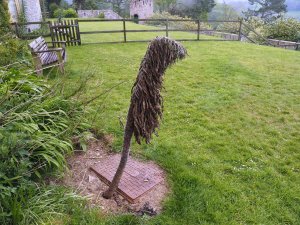
To Orchid House Nursery to see what young 2017 planted rhododendrons are flowering.Rhododendron smirnowii with just one flower.
2023 – CHW
To Old Park to look at ‘The Fairies’ together.
Magnolia ‘Tikitere’ and Magnolia ‘Fairy Blush’.
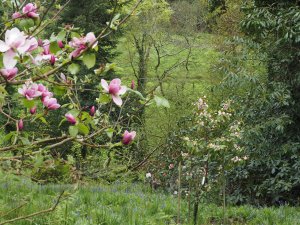
2022 – CHW
A trip to Bonython garden at rhododendron time which I had not seen before. Strangely they were, in the main, five to ten days behind those here in terms of being fully out.
Orchids under a tree at the entrance to the walled garden. Orchis mascula – the early purple orchid – I think based on the black spotting on the leaves.
Some rain (and a strong westerly gale) but not enough!More work for Allen Coombes on Cyclobalanopsis.The original Quercus myrsinifolia grown as a hedge in the Auklandii Garden. One or two have died and one is reshooting well after tree damage. The rest are in good health.
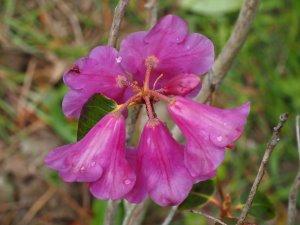

So Lord Bragg and the other leading lights in the art/cultural world want (a mere) £50 billion from the government (just like those nice Germans have given apparently) in an open letter to the papers with support from the archbishop (who shut all our churches) and Lord Blunkett. They have been a bit slow off the mark with their demands from the never ending money tree which is our future taxation. This they ignore, of course, and might it not be said that they have a degree of financial self-interest too?Another, unnoticed, group of people who are having a ‘good’ pandemic are of course the PR companies who create and drive ‘worthy’ causes like this one using their political and media contacts among the metropolitan elite. Better perhaps that the art world consider a new post COVID business plan as industry is doing. Even with cheap loans they have to be repaid but I fear that does not come into Lord Bragg’s plea bargaining for the art world either. It must be a ‘free’ handout and not a loan ‘because they deserve it’ and the nation deserves them. It probably does but even 4.6 million employees on furlough only cost £4 billion in the first month.I expect we will find out which PR and media advisors have acted for which pressure group in due course.Major redundancies loom even before ‘furloughing’ ends. That, and not the death rate, is, and will eventually be seen to be, the disaster of the pandemic. It could not have been avoided completely but it could have been handled very much better if the government, rather than the media, had been in control.Rhododendron ‘Rabatz’ is a very dark red.
2019 – CHW
Leonardslee gardens reopened to the public a month ago after having been shut since 2010. A Loder rhododendron garden of 200+ acres now owned by a South African who has invested £30m in buying the place, restoring the two main houses, starting to renovate the garden (60 acres started) and installing car parks, shops etc. A quite gob-smacking garden and already easily back in the Top 10 UK gardens.
General garden views:
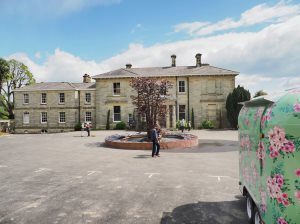
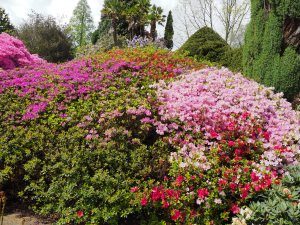
The best plants included:
Rhododendron ‘Leonardslee Primrose’
There are 170 separate Loderi crosses still in the garden. Many are very similar and many still to be exposed amid the undergrowth after years of neglect.An enormous Oxydendron arboreum.
I had not been to High Beeches for 20+ years and had not seen the view from the house properly. Seldom can a garden have been created into such a wonderful landscape terrain. The wild flower meadows complement a woodland garden created by the Loders and acquired by the Boscawens in around 1930.The key plants seen were:
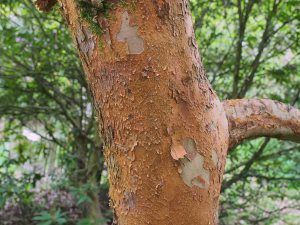

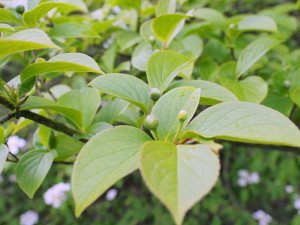
2018 – CHW
Off to look at newer plants in Kennel Close but ended up simply admiring the sheer variation and beauty of rhododendrons.
Rhododendron ‘Titness Park’ which is one of the parents of yesterday’s hybrid.
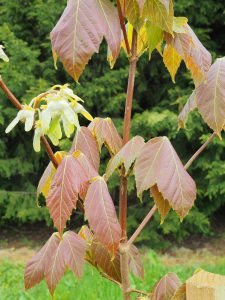
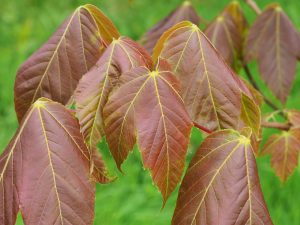
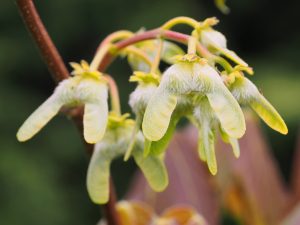
The first Magnolia sieboldii is full out in a hot spot. Others are nearly out. This is Magnolia sieboldii ‘Mishiko Renge’. It is a good floriferous form with a decent sized flower but nothing exceptional.
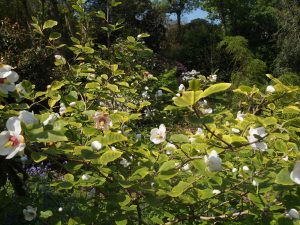
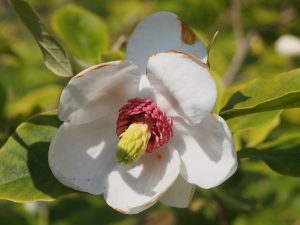
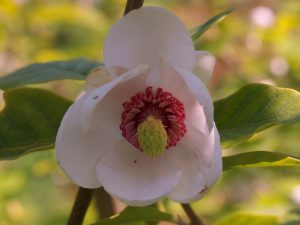
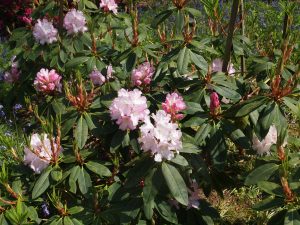
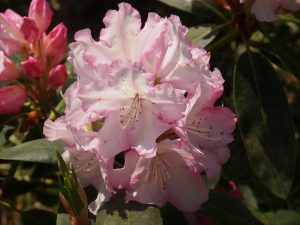
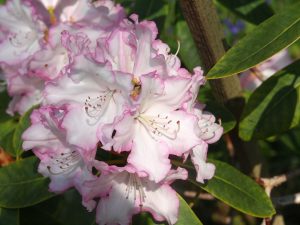
The Chaenomales ‘Geisha Girl’ is now full out on the lawn. A dwarfish habit and a true orange flower. Ideal for this site by the tower which it now fills. This variety is not a wall shrub.
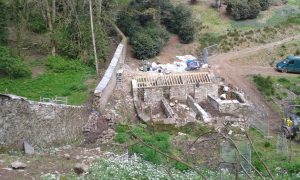
The renovation of the old dog kennels is progressing. Roof trusses now installed and the kitchen garden walls re-slated with some holes filled in but other big ones still to do where the water build up smashed through the wall a decade or more ago. Much of the scantle slate has been recovered from the debris. Some of the floors are slated, some are cobbled and two are concreted. Still some huge tree stumps to dig out as you can see.
A trip to Endsleigh gardens and lunch there with Peter and Karen Bickford-Smith. The garden valley is spectacular but no one has planted or cleared anything for 50 years and it is crying out for a facelift. So much more could be done. Endsleigh nursery looks so dilapidated one wonders if the public should be allowed in. I once bought a collection of new liquidamber varieties here but nothing interesting today.
I still have rather mixed views on the current fad for growing tetrapanax, pseudopanax, nothopanax and schefflera. Do they really fit into a garden like Caerhays or are they really plants for Ventnor Botanic Gardens, Tresco or perhaps Trebah with a more Mediterranean or tropical feel? What was original a private joke to muddle things up for visitors and present them with an unexpected horror is now not as horrible as I had hoped. Crug Farm introduced lots of newer species from Taiwan especially and, while I have no intention of making a proper collection, a few perhaps do no harm and might even be deemed to have attractive new growth.The new leaves of Schefflera taiwaniana are described as ‘a fountain when hit by low sun’. Ejaculatory certainly!Schefflera macrophylla has rusty new growth but you need real shelter to keep the huge leaves undamaged by the wind in winter.
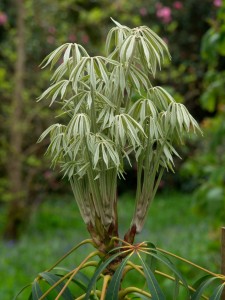
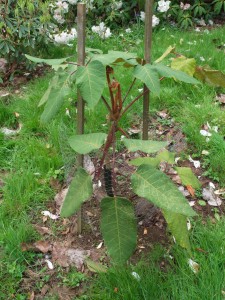

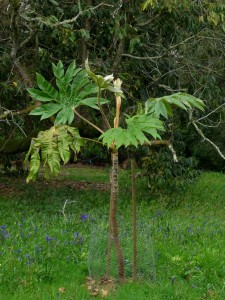
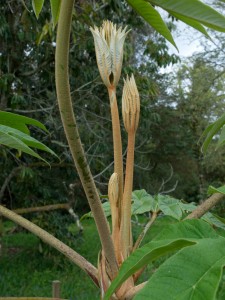
Tetrapanax papyrifer – more huge leaves and a similar problem.
There are a few more of these horrors but that is quite enough for one outing.
1996 – FJW
Maurice Blandford died.
1992 – FJW
Open Day. 1200.
1964 – FJW
Garden near peak. Augustinii excellent. Where oh where is the best form? A matter of opinion. Cam Mrs Franklin good, Pink Perfection small flowered. Pseudochrysanthum x 1350 best thing in garden.
1934 – JCW
Neriflorums very good. Azaleas promise well i.e Indian azaleas. Augustinii is very good and Auklandii also.
1931 – JCW
Mag sargentiana went out of bloom, it has been very fine indeed.
1929 – JCW
The Zealanicum hybrids are opening slowly, the other hybrids on the wane. Mag stellata and nearly all the hybrids are good, most of the trade cherries are over. Neriflorums have been good for two months and are so now. Augustinii at their best. Davidsonianum V.G.
1917 – JCW
R oleifolium remains the best rhodo’, the white Arboreum x Auklandii is very nice and hardly frosted. The red ones are ruined and are softer than pure Auklandii’s. They have begun to open and so have the cherries – R yunnanense – falconeri – davidsonianum – 1350 – lanatum – campylocarpum etc etc.
1913 – JCW
All the daffs are over. Auklandii’s would be good if the flowers were not so few. Standishii hybrids show up well. R keysii is very good. Van Tubergans Iris good. Azaleas nearing their best.
1905 – JCW
I came back from Dinton where I saw their best late poets and bought two of them, I had a very good time examining them.
1904 – JCW
Some Auklandii open mostly but half open. Marvel and Recurvas just open and their seedlings showing just as above.
1903 – JCW
The Auklandii at thier best, Dalhousii open, Marvel and Recurvas well open, also some I. pavonia. Doronicums at their best and so Maples.
1901 – JCW
Several Auklandii bursting their buds, many recurvas open, Marvel not yet properly open, picked a pod of N clusii in a pot.
1899 – JCW
The first Auklandii open and Glaucescens coming up well.
1897 – JCW
A pod of x Cyclamineus from outside.




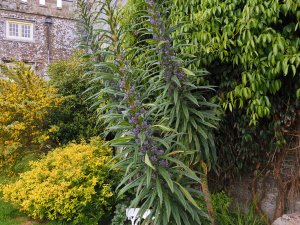
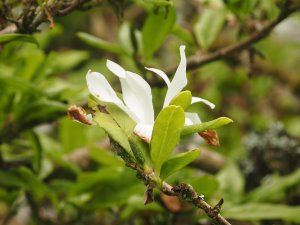
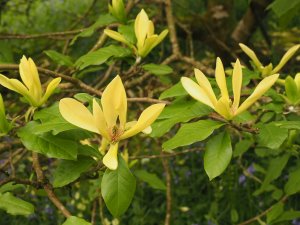

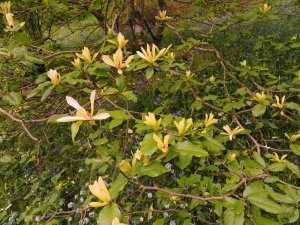
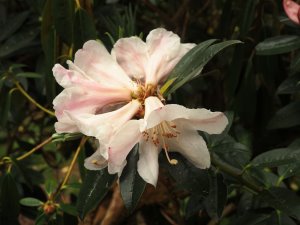
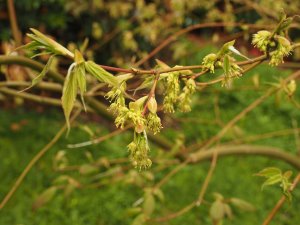
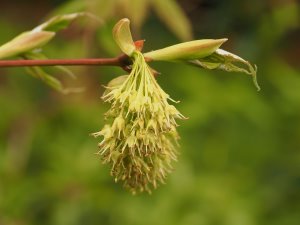
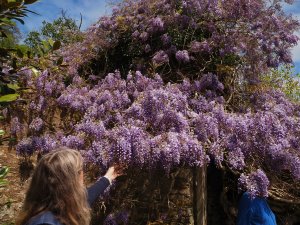
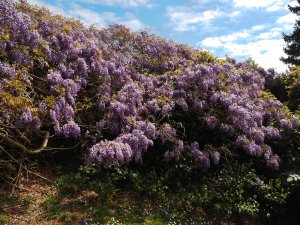
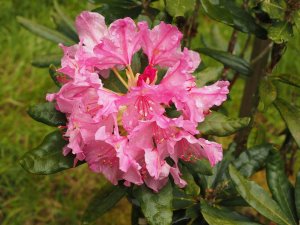

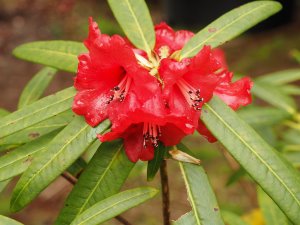
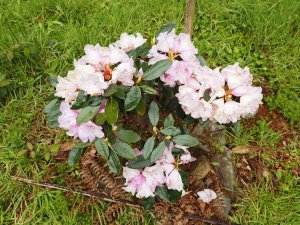
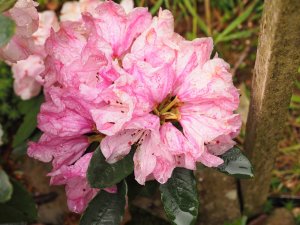

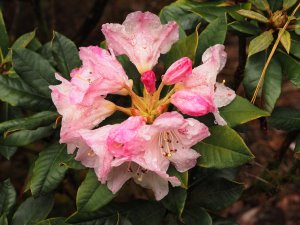

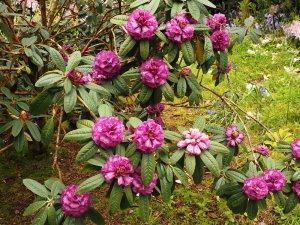
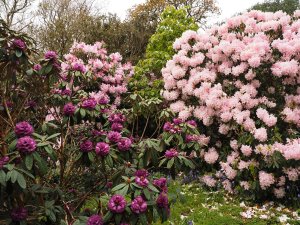

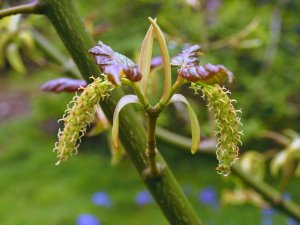
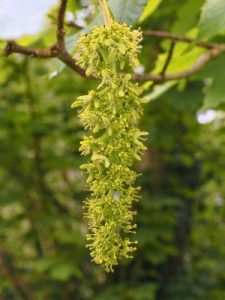

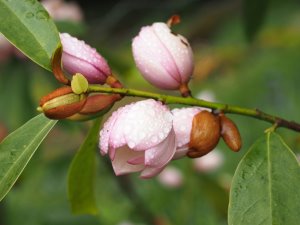
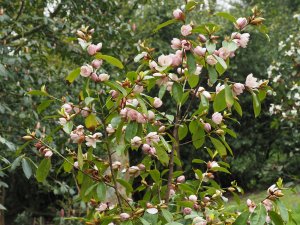
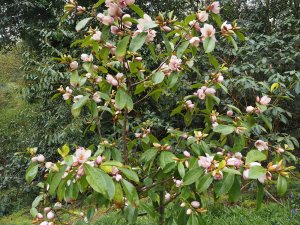
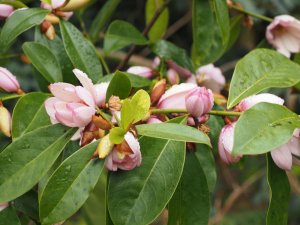
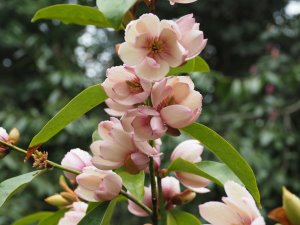
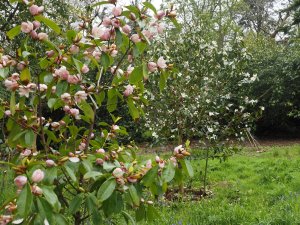
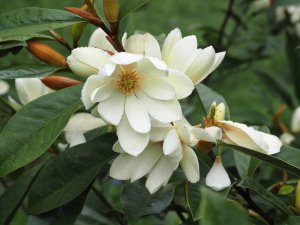
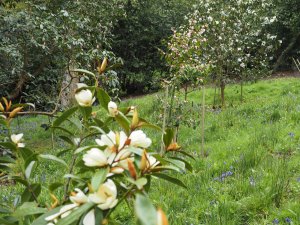
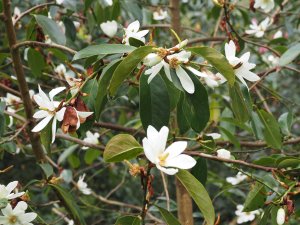
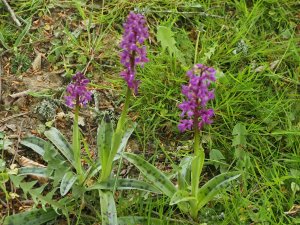
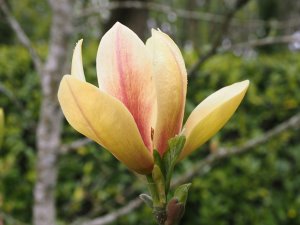
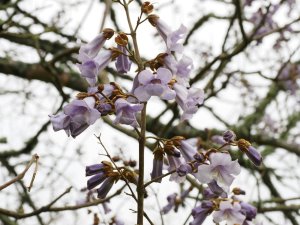
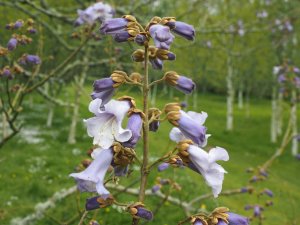
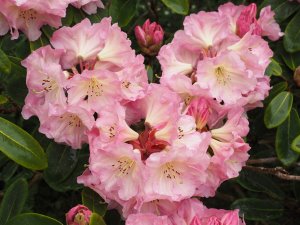
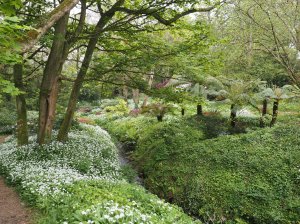
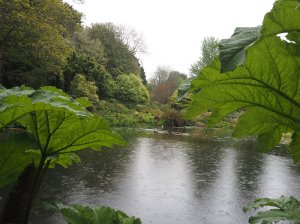
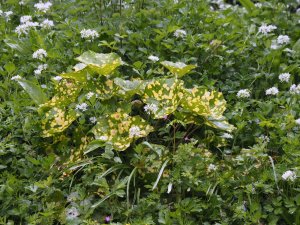
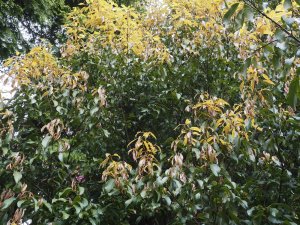
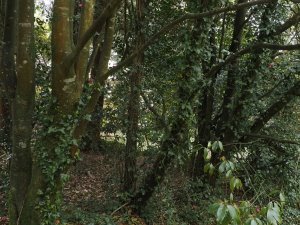

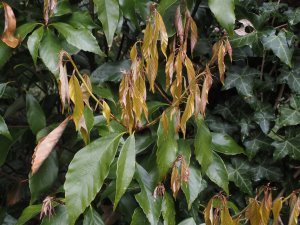
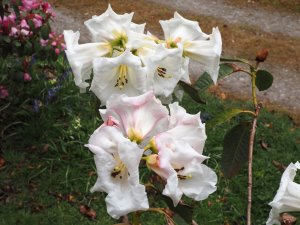
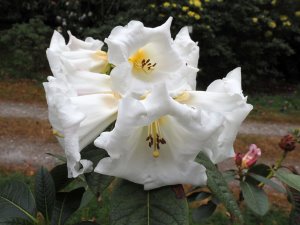
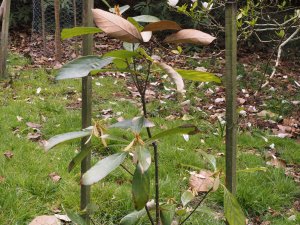
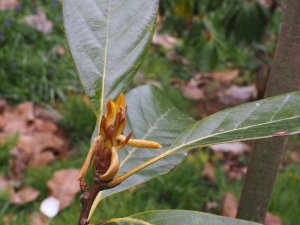
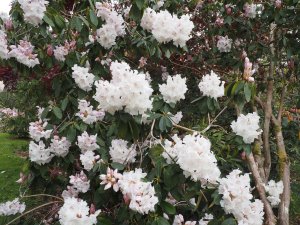
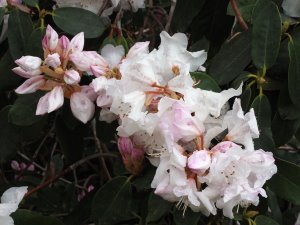
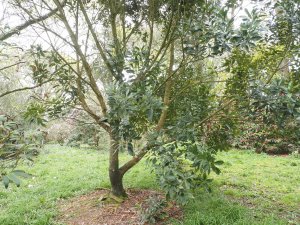
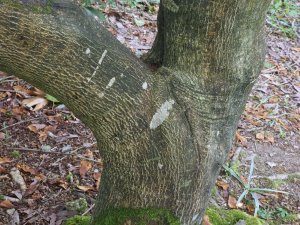
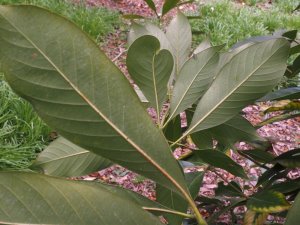
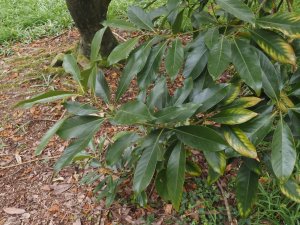
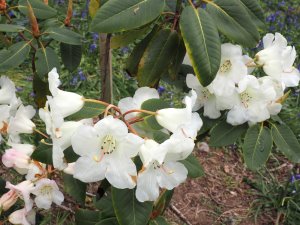
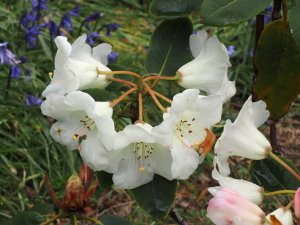
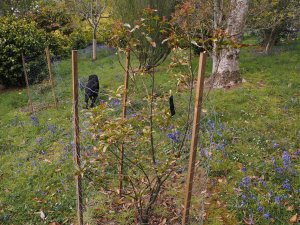
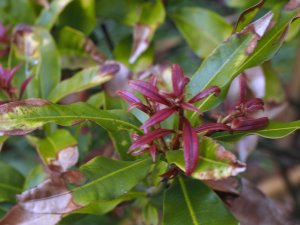
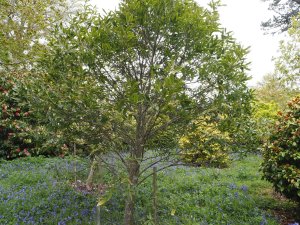
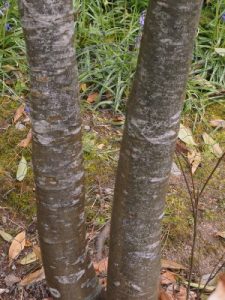
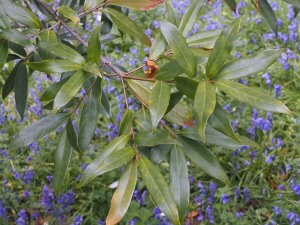
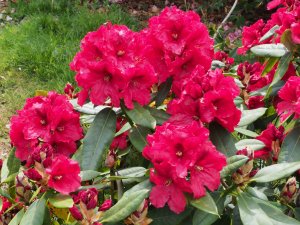
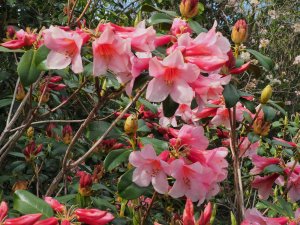
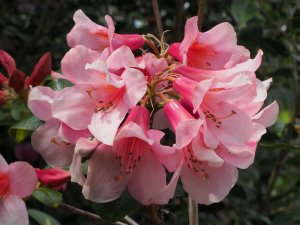
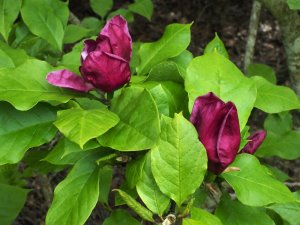
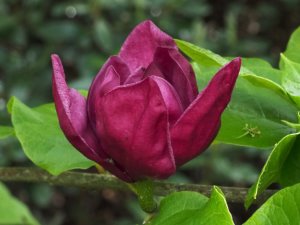
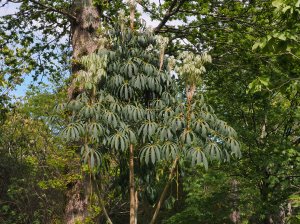
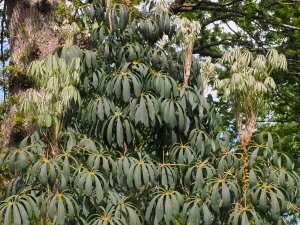
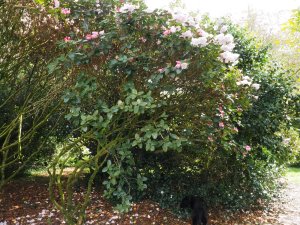
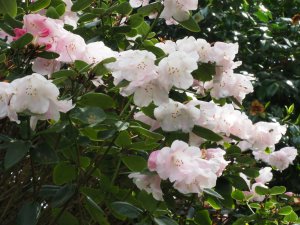
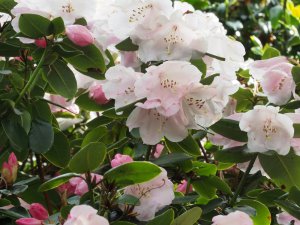
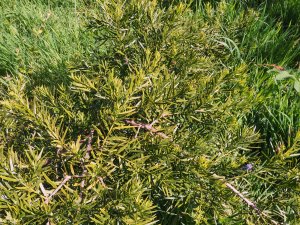
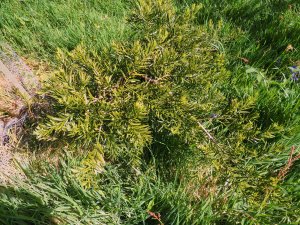
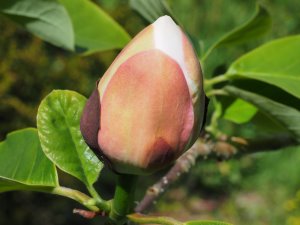
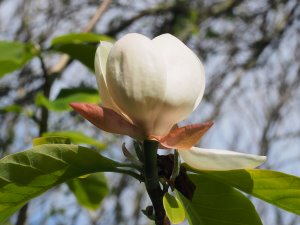
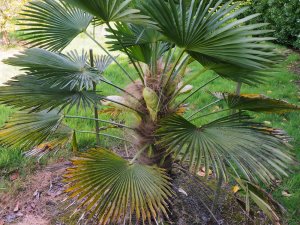
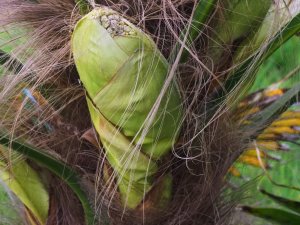
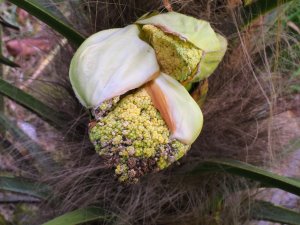
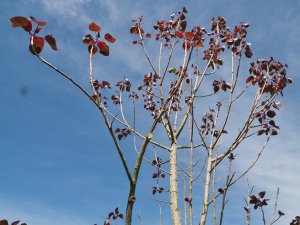
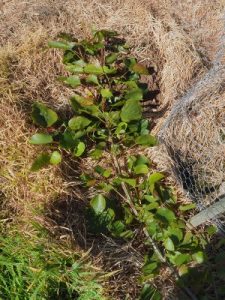
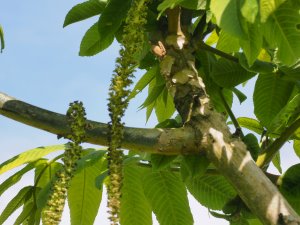
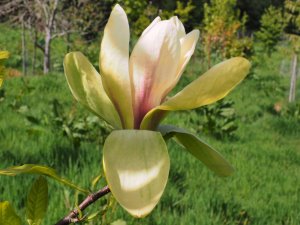
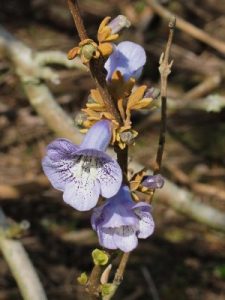
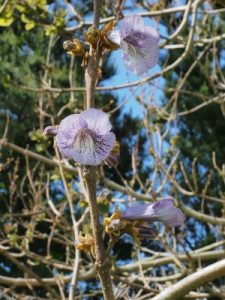
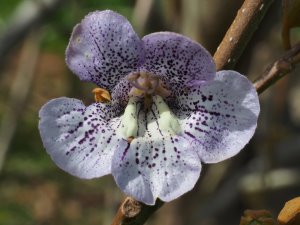
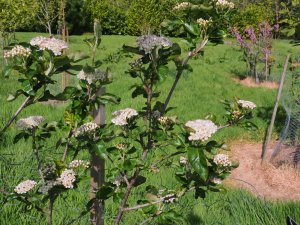
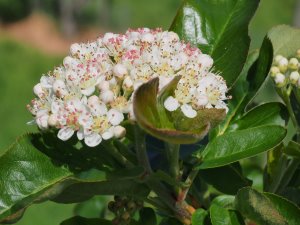
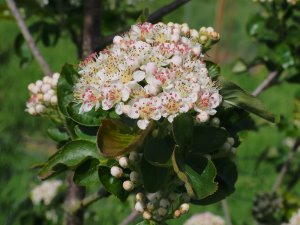
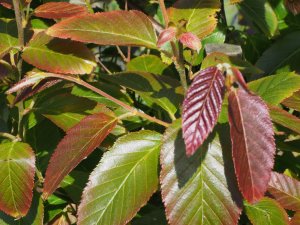
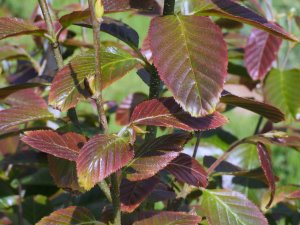
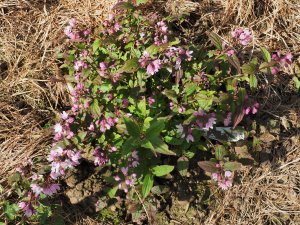
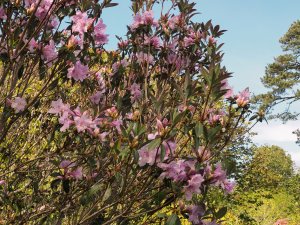
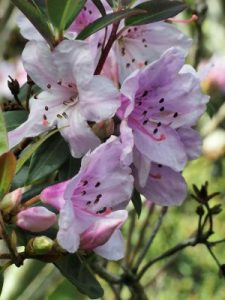
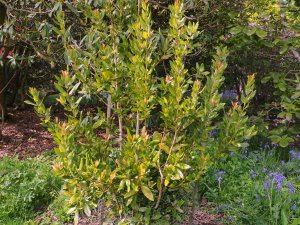
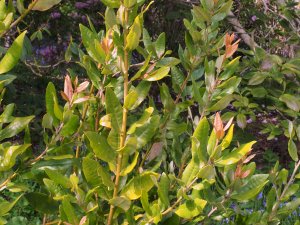
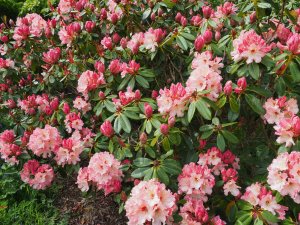
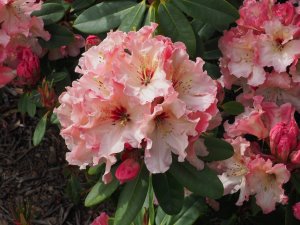
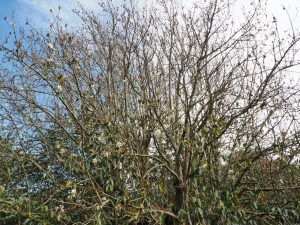
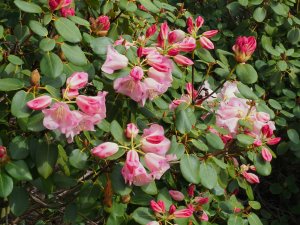
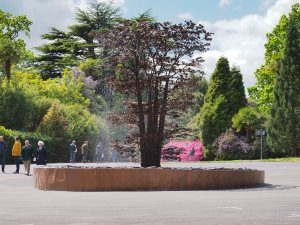
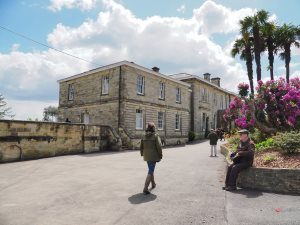

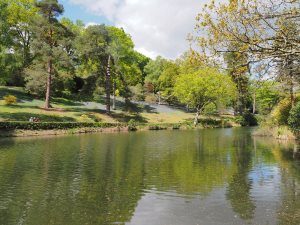
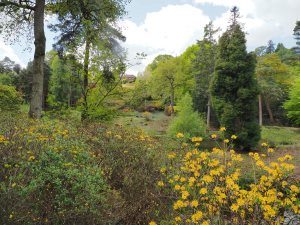
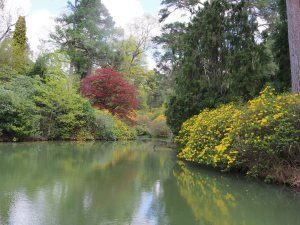
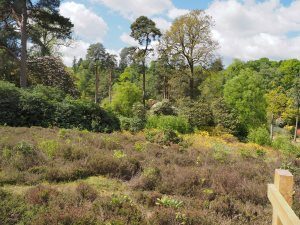
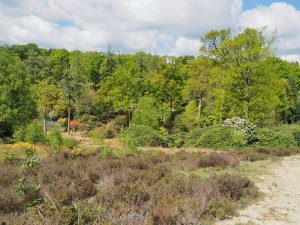
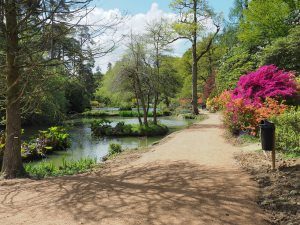
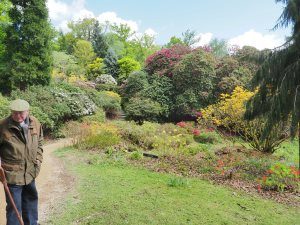
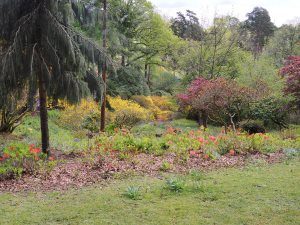
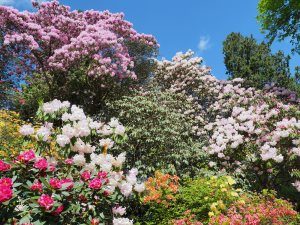
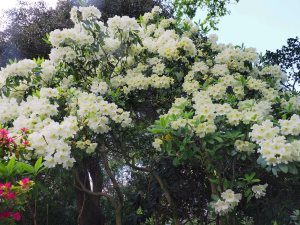
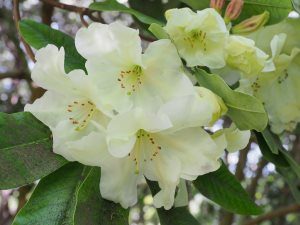
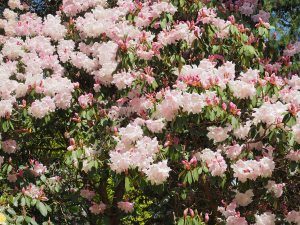
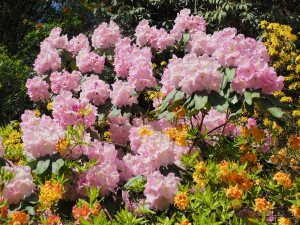
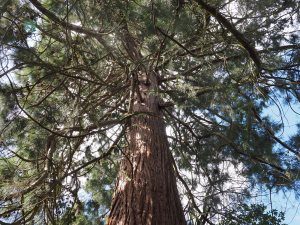
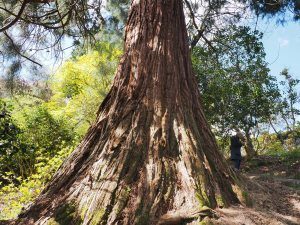
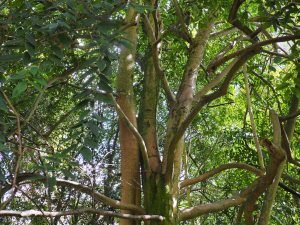
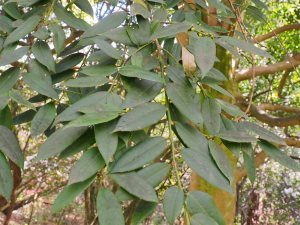
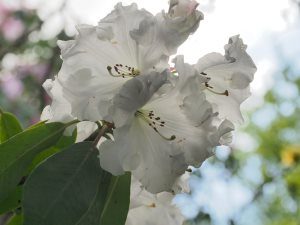
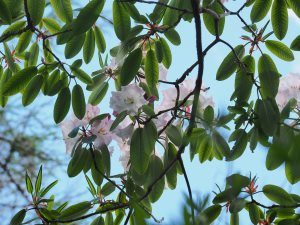
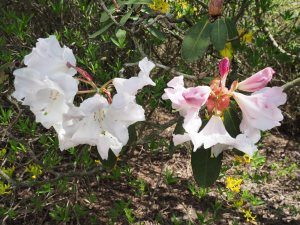
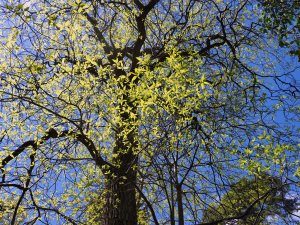
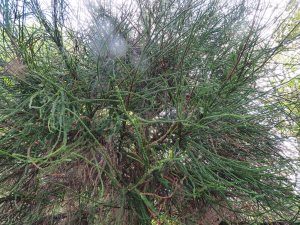
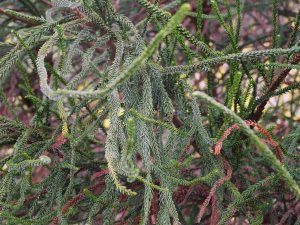
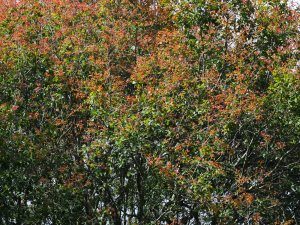
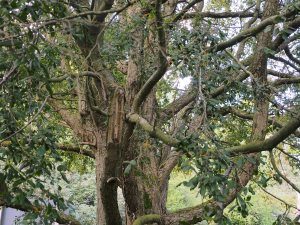
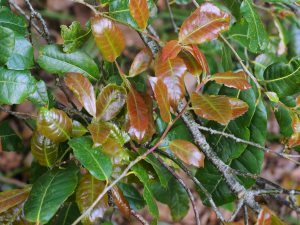
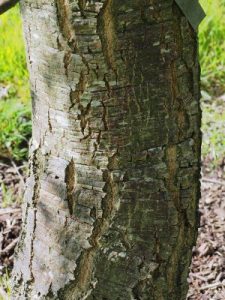
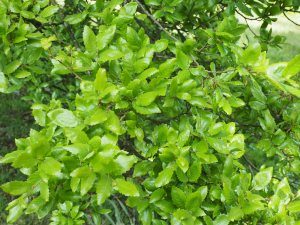
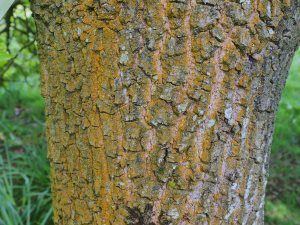
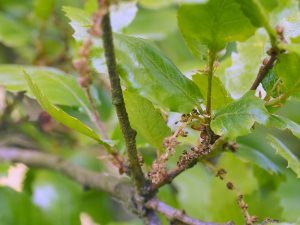
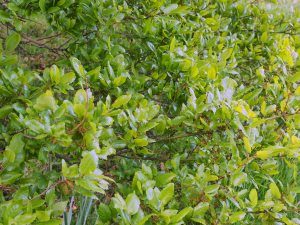
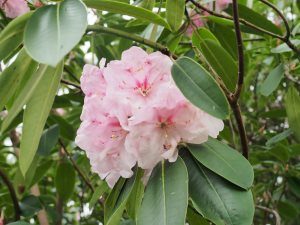
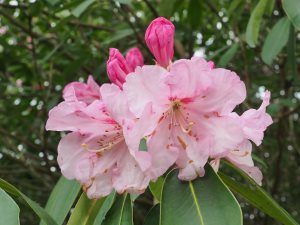
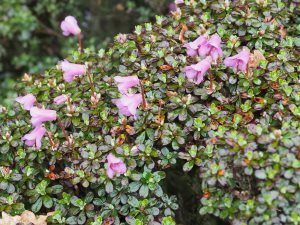
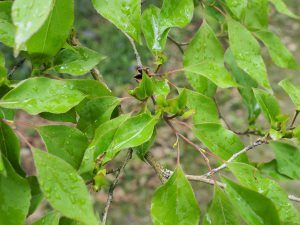
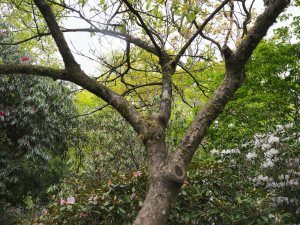
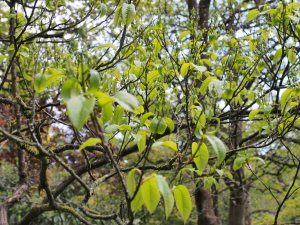
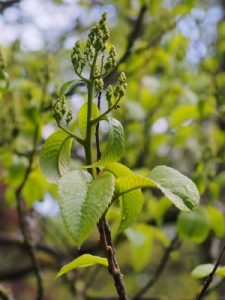
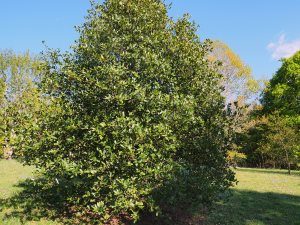
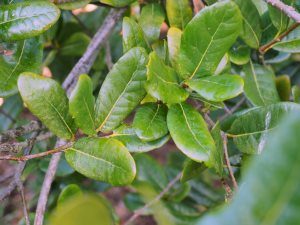
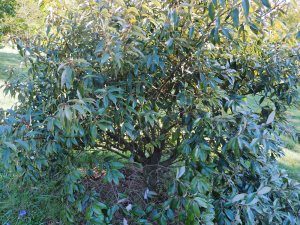
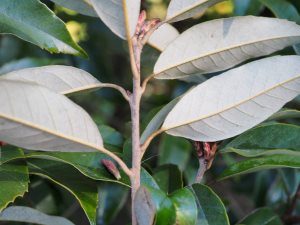
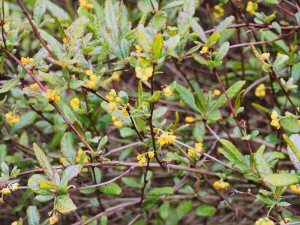
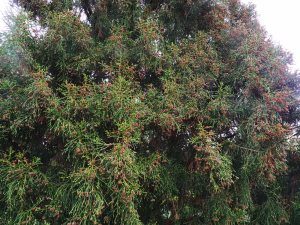
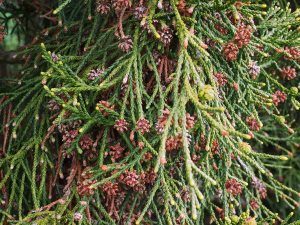

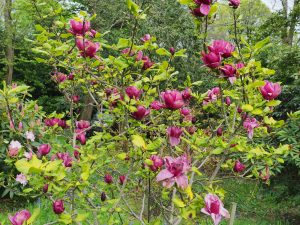
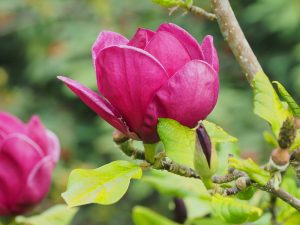
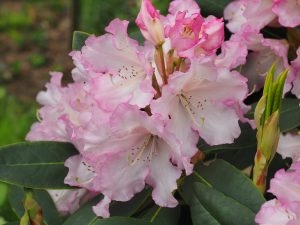
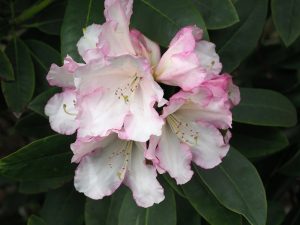
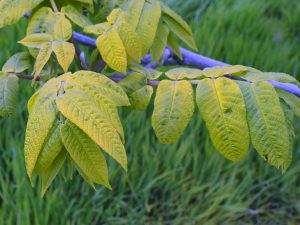
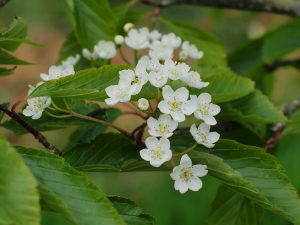
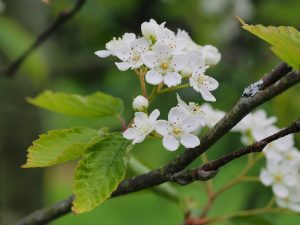
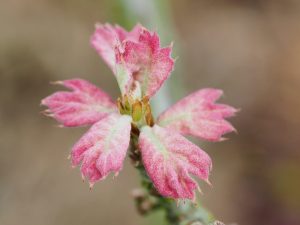
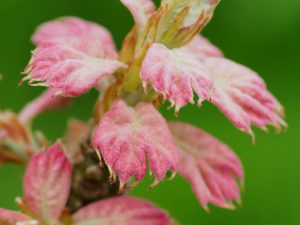
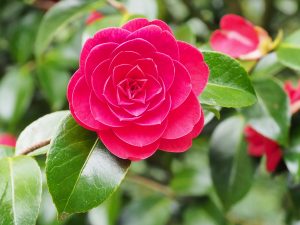
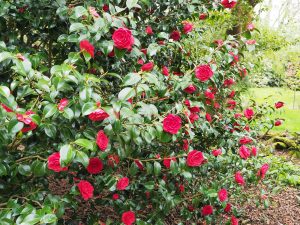
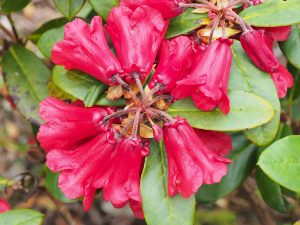
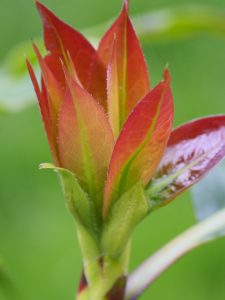
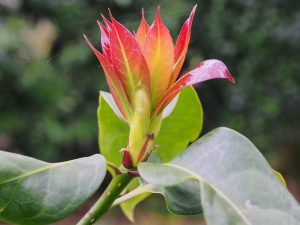
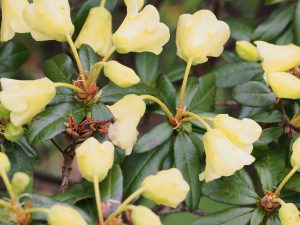

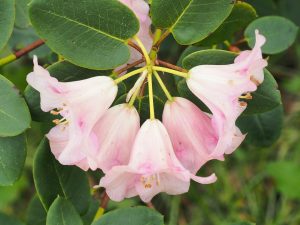
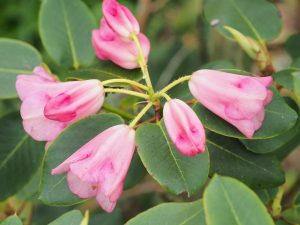
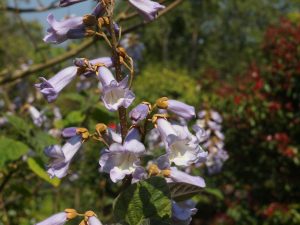
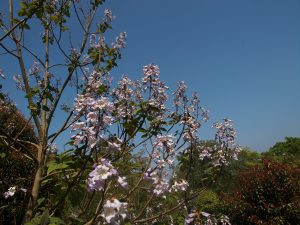
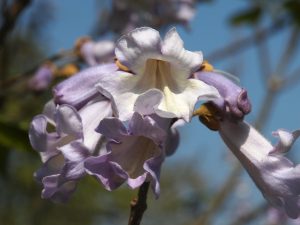
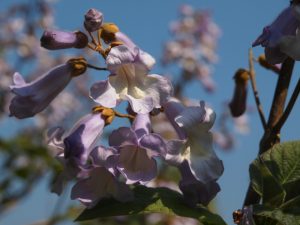
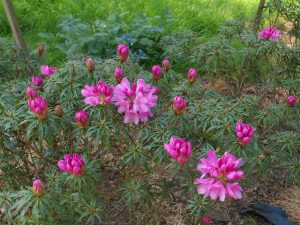
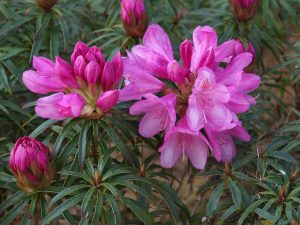
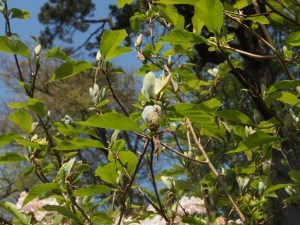
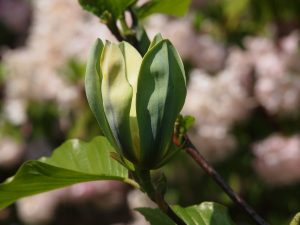
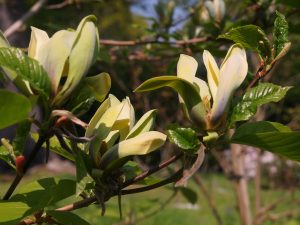
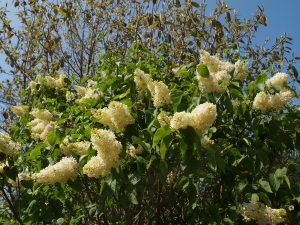
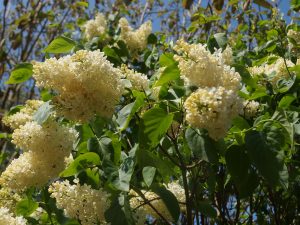
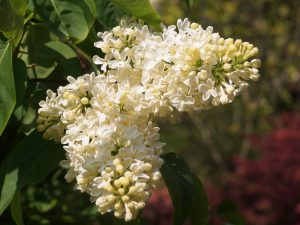
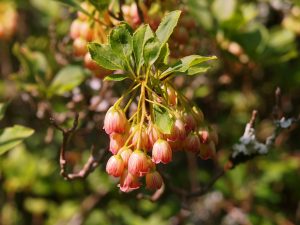
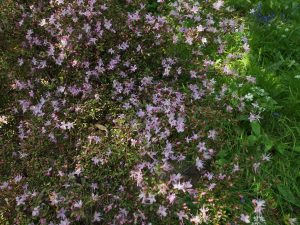
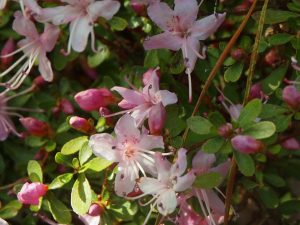
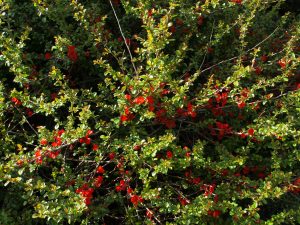
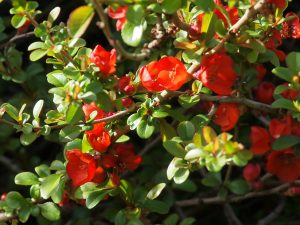
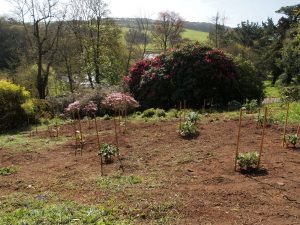
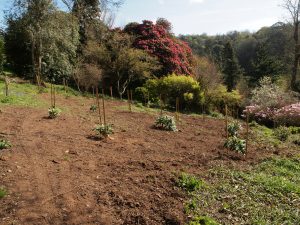
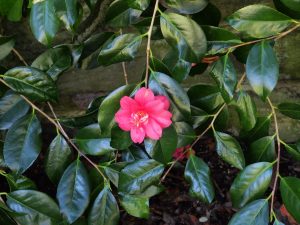
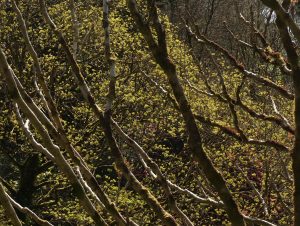
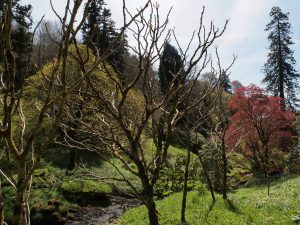
The doubts about Quercus gilva are right, it should have sharply dentate margins. With such narrow and entire leaves there aren’t much oaks left, I guess it is Quercus salicina. But also Quercus morii should have partly dentate margins. Some Querci seem to suffer from high salinity as older leaves of Quercus macrocalyx (Q. fleuryi) and Lithocarpus edulis (pro Quercus glabra) indicate; the yellowing is not from frost, even the partly dry margins aren’t, but typical for salt-damage. Quercus delavayi should form a substantial tree; but tomentose stems and toothing of upper leave-part are in accordance with description. Qu. glabra is mostly Lithocarpus edulis, this is really ‘glaber’ .
Thank you Charles for a bit of sanity.
It might interest you that here in France the Media have started to question the lockdown having previously been cheerleaders.
On a News program it was clearly stated the French government has dug a hole for itself by frightening the population to such an extent no one dares go back to work on the designated May 11th.
We’ll see what happens.
I have enjoyed reading your common sense and I trust the Caerhays community is all well.